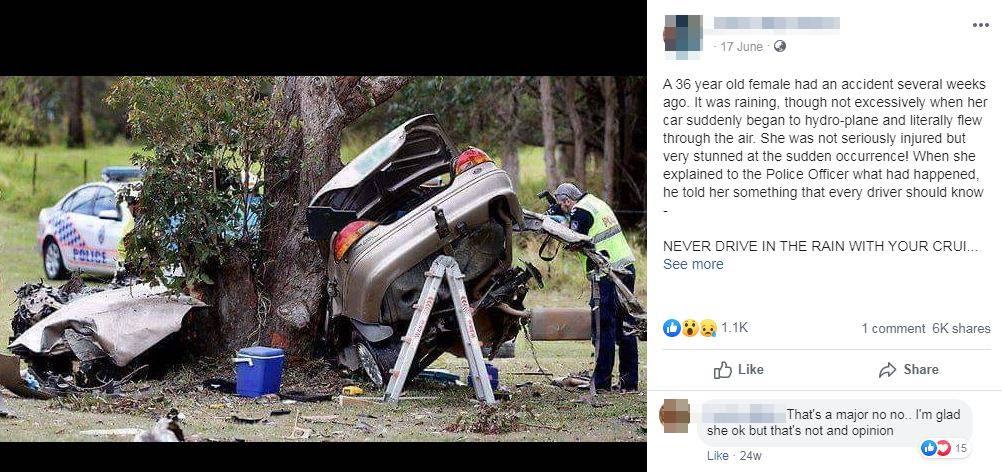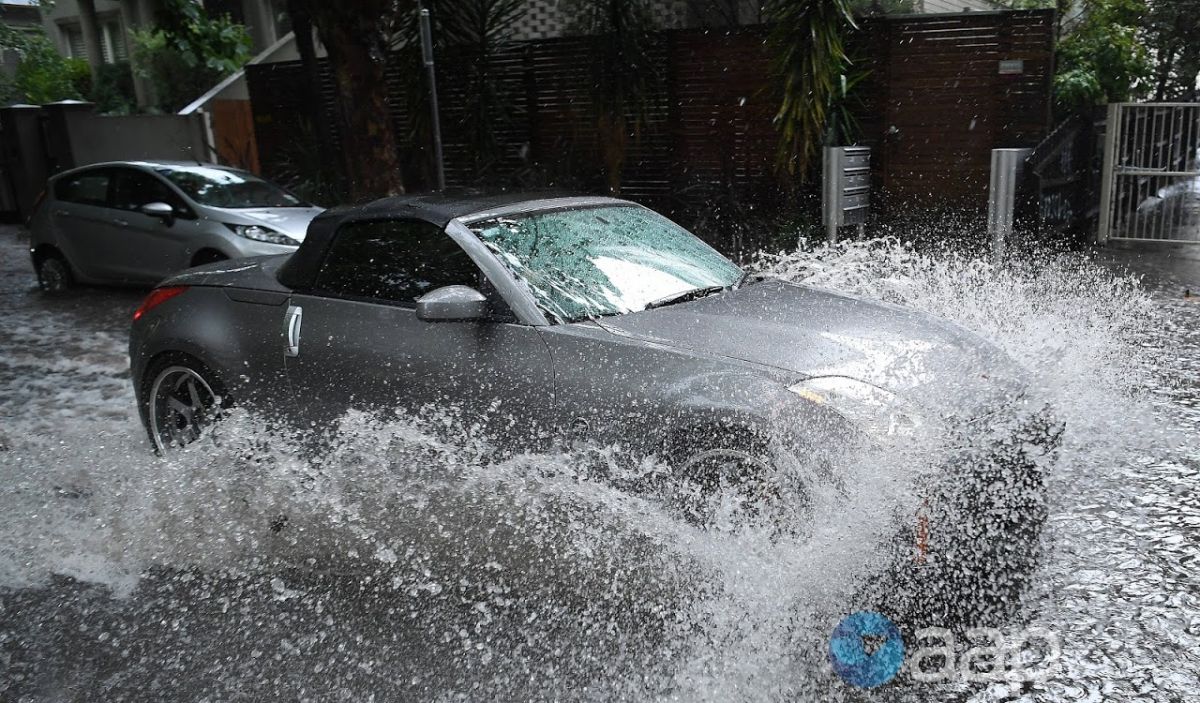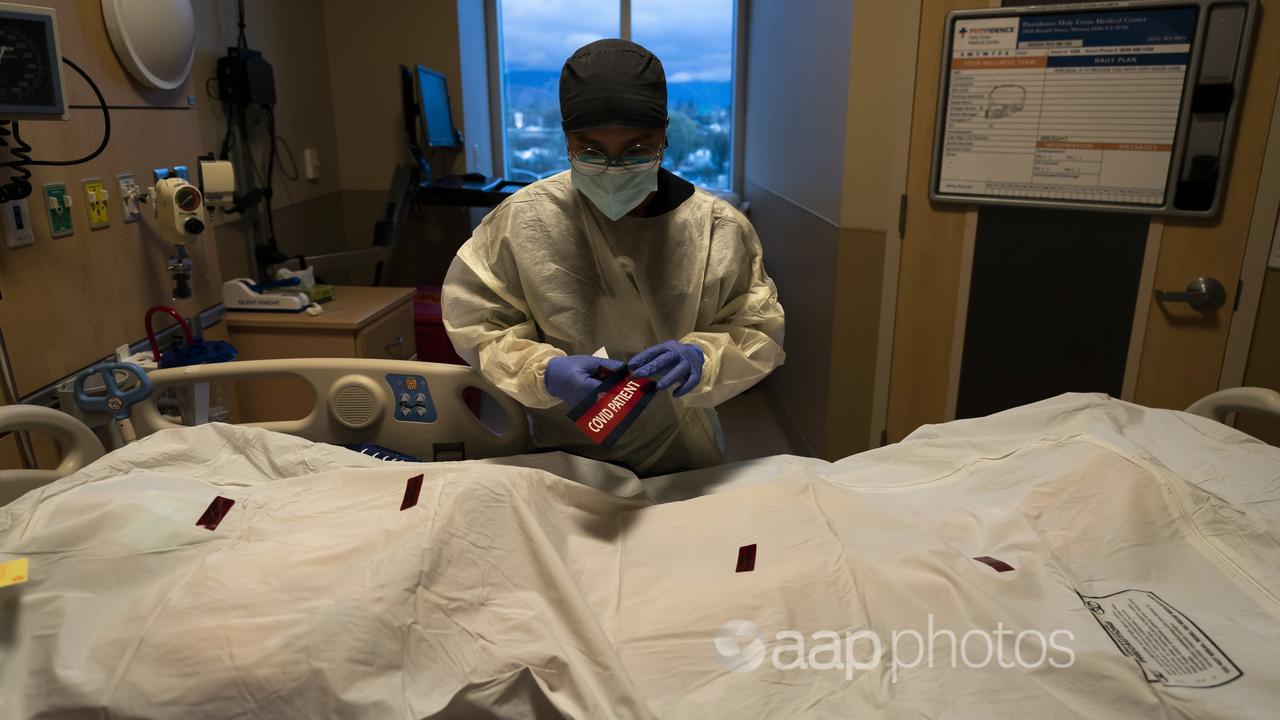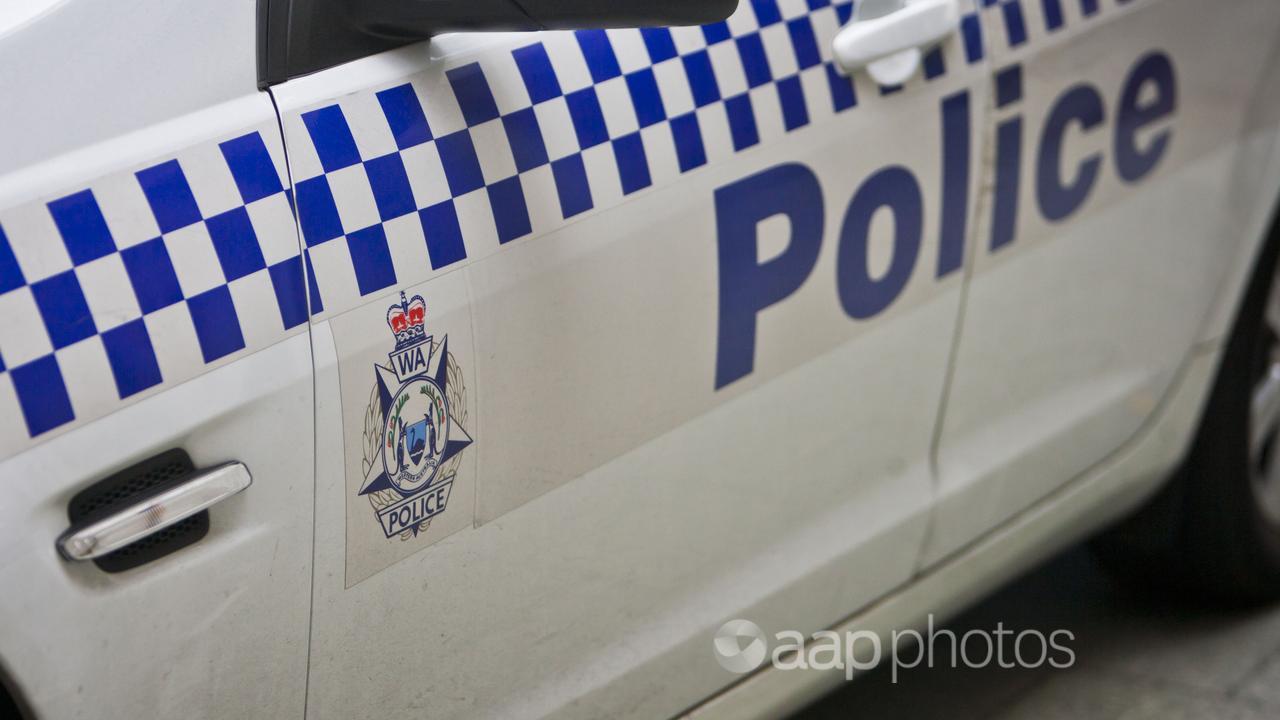The Statement
AAP FactCheck examined a Facebook post from June 17, 2019 by a private user, which claimed using cruise control in wet weather can cause your car to accelerate further if it hydroplanes, and take off “like an airplane”.
The post features an image of a police investigator taking photos of a car that has crashed into tree and recounts a story of a police officer warning a 36-year-old woman of the dangers of driving with cruise control switched on.
An excerpt of the post says, “The Police Officer told her that if the cruise control is on, your car will begin to hydro-plane when the tires (sic) lose contact with the road, and your car will accelerate to a higher rate of speed making you take off like an airplane.”
The post, which has been shared by Australian users, has attracted more than 6000 shares and amassed over 1000 reactions.

The Analysis
AAP FactCheck found the post dated back to at least September 2013, when it appeared on the Wildhorse Entertainment South Africa news (WHISNews21) site. The website states it is for “independent superstars needing a platform to publish all their music news and revues (sic) worldwide”.
The origin of text in the post goes back further. In November 2002 US fact checkers Snopes looked at a similar version circulated via email and found the post, which listed US locations, contained true and false information.
Snopes said the post’s warning not to use cruise control in the rain was “well worth heeding” but the explanation about a hydroplaning car’s sudden acceleration and “taking off like a rocket” due to the use of cruise control was “garbled” and a “misunderstanding of what had occurred”.

Road services organisation the NRMA has previously responded to a version of the email circulated in Australia in an article titled, “The truth about cruise control and aquaplaning”.
The NRMA article, which appears to have been published in 2018 according to web archiver Wayback Machine, explains that cruise control works by constantly measuring the speed of the wheels on a car, which is fed into the cruise control system to regulate the engine’s output.
“Under a condition where the driving wheels have broken traction, such as an aquaplane situation, the sensor would measure an increase in wheel speed,” the article says.
“The cruise control system would then reduce the amount of throttle and maintain the set speed. (This is the complete opposite to what is claimed in the email to have occurred and causing the accident.)”
The NRMA defined hydroplaning or aquaplaning as when a tyre “(particularly if worn)” fails to disperse water and rides “on a plane of water”, thus losing contact with the road surface.
“Wet roads significantly affect the grip of the tyres and this in turn can make corrective actions by the driver much more difficult to judge. Accordingly, the driver should assess the conditions of the road and adjust vehicle speed so it is suitable for the road.”
NRMA pointed out the safest way to drive a car is “to ensure that under all driving conditions you can control the vehicle”.
“Many owner’s manuals suggest cruise control should not be used in heavy traffic driving, city driving, and winding, undulating, slippery or unsealed roads.”
Regarding the post’s claims, a spokesperson for Transport for NSW, the NSW government roads and transport agency, told AAP FactCheck in an email: “There is no truth to this post. Typically aquaplaning occurs during either hard acceleration or braking, neither of which occur at the same time that cruise control is actually engaged.”
The Facebook post was addressed in Australia as far back as April, 2006, when an article on the website carsales.com.au concluded “the advice might be sound advice but not for the reasons given. Aquaplaning (sometimes referred to ‘hydroplaning’) can happen if there is standing water whether cruise control is in operation or not. Indeed, far from being the absolute cause, cruise control is almost a red herring in the above scenario.”
The Verdict
Based on the evidence AAP FactCheck found the post’s warning on the use of cruise control in wet weather to be sound advice. However as Transport for NSW, the NRMA and carsales.com.au point out to link the cruise control as a cause for a car to aquaplane is not accurate.
Partly False – The claim of the content is a mixture of accurate and inaccurate, or the primary claim is misleading or incomplete.
First published December 3, 2019, 16:58 AEDT


















